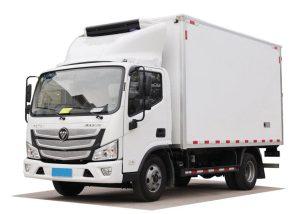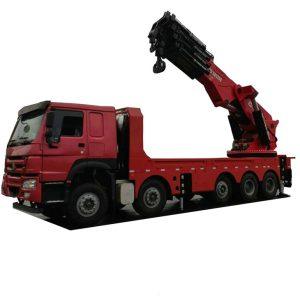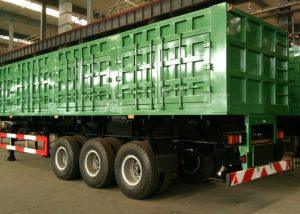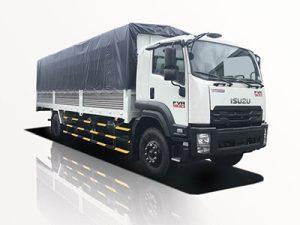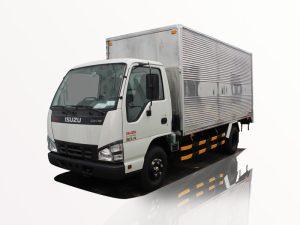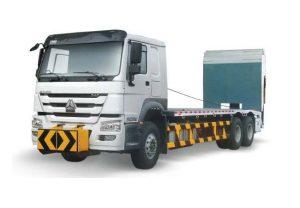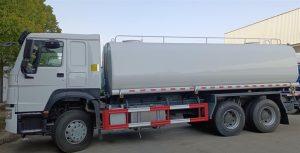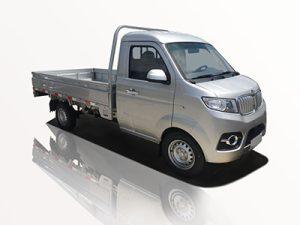Monday to Saturday - 8:00 -17:30
Underbridge Bucket Truck: The Ultimate Guide to Efficient Bridge Maintenance
Introduction
In the world of transportation infrastructure, maintaining bridges is a critical aspect that ensures safety and longevity. One of the most effective tools for this task is the underbridge bucket truck. These specialized vehicles allow workers to access areas that are typically difficult to reach. This comprehensive guide will delve into the features, benefits, applications, maintenance, and best practices associated with underbridge bucket trucks, making it an essential resource for contractors, civil engineers, and maintenance teams alike.
What is an Underbridge Bucket Truck?
An underbridge bucket truck is a type of aerial lift vehicle designed specifically for accessing the underside of bridges and overpasses. Equipped with an extendable boom and bucket, these trucks allow maintenance crews to perform inspections, repairs, painting, and cleaning from a safe and elevated position. Typically, they come with multiple features that enhance their functionality, safety, and ease of use.
Key Features of Underbridge Bucket Trucks
- Articulated Boom: Provides flexibility in navigating complex bridge structures.
- High Load Capacity: Can carry multiple workers along with necessary equipment.
- Rotatable Bucket: Allows for greater maneuverability when working in tight spaces.
- Stabilizers: Ensure maximum stability when the truck is elevated.
- Safety Features: Include harness attachment points and emergency lowering systems.
Types of Underbridge Bucket Trucks
There are several types of underbridge bucket trucks available in the market, including:
- Standard Aerial Lift Trucks: Basic models designed for general maintenance tasks.
- Heavy-Duty Bucket Trucks: Built to support larger loads and withstand harsher conditions.
- Compact Models: Ideal for accessing low-clearance bridges in urban settings.
Benefits of Using Underbridge Bucket Trucks
Using underbridge bucket trucks offers various benefits, including increased safety, efficiency, and versatility. Here are some of the main advantages:
Enhanced Safety
Safety is paramount when working at heights. Underbridge bucket trucks are engineered with safety features that minimize the risk of accidents. Workers are secured in a bucket that provides a stable platform, significantly reducing the chances of falls.
Improved Access
Traditional scaffolding can be cumbersome and time-consuming to set up. Underbridge bucket trucks eliminate this hassle by allowing quick access to under-bridge surfaces, making upkeep more efficient and less labor-intensive.
Cost-Effectiveness
By reducing labor time and increasing accessibility, underbridge bucket trucks ultimately reduce the overall costs associated with bridge maintenance. Less downtime means fewer delays and lower expenses for cities and agencies.
Applications of Underbridge Bucket Trucks
Underbridge bucket trucks are invaluable for various applications, notably in infrastructure maintenance and repair projects:
Bridge Inspections
Routine inspections are essential for assessing the integrity of bridge structures. Underbridge bucket trucks facilitate thorough inspections of underbelly components, connections, and expansion joints.
Painting and Coating
To protect against corrosion and erosion, bridges require periodic repainting. Bucket trucks provide the necessary height and reach to perform these tasks effectively without disturbing traffic flow.
Lighting Installation and Maintenance
Many bridges incorporate lighting for visibility and safety. Maintenance crews can use bucket trucks to install, replace, or repair lighting fixtures along underbrides.
Repair Work
From fixing structural issues to addressing drainage problems, underbridge bucket trucks allow workers to approach repair tasks with ease and precision.
Best Practices for Operating Underbridge Bucket Trucks
Understanding how to operate underbridge bucket trucks safely and effectively is crucial for any maintenance team. Here are some best practices to consider:
Conduct Regular Training
Ensure that all operators are certified and participate in regular training programs. This helps keep everyone informed about safety protocols and equipment operation.
Perform Pre-Operational Checks
Before using an underbridge bucket truck, conduct thorough pre-operational checks. Inspect the hydraulic system, boom functionality, stabilizers, and safety features to ensure proper operation.
Follow Safety Protocols
Always adhere to manufacturer guidelines and safety regulations. Ensure that all safety harnesses and equipment are used during operations.
Work in Teams
Employ a buddy system where one person operates the vehicle while another assists from the ground. This increases communication and enhances safety.
Maintenance and Care of Underbridge Bucket Trucks
To ensure the longevity and reliability of underbridge bucket trucks, regular maintenance is vital. Here are some essential maintenance practices:
Routine Inspections
Schedule periodic inspections to identify any mechanical issues early. Check hydraulic systems, electrical components, and structural integrity at least monthly.
Clean and Lubricate Components
Keep moving parts clean and lubricated to prevent wear and tear. Pay special attention to the boom pivot points and hydraulic cylinders.
Document Maintenance Activities
Maintain a detailed log of all maintenance activities and inspections. This documentation not only ensures compliance but also assists in future evaluations.
Cost Considerations of Underbridge Bucket Trucks
The cost of an underbridge bucket truck can vary significantly based on its features, capabilities, and brand. When budgeting for one, consider the following factors:
Purchase vs. Rental Costs
Decide whether it is more cost-effective to purchase or rent a bucket truck based on the expected usage. Rental options may provide flexibility without the upfront investment.
Operating Costs
Consider fuel, maintenance, and insurance costs when calculating the total expense of operating an underbridge bucket truck. These recurring expenses can add up over time.
Long-Term Investment
While the initial cost may seem steep, investing in a high-quality underbridge bucket truck can pay off through increased efficiency, safety, and reduced labor costs over the years.
FAQs
What is the typical weight capacity of an underbridge bucket truck?
Most underbridge bucket trucks can support a weight capacity ranging from 300 to 1,000 pounds, depending on the model.
What are the common safety features in underbridge bucket trucks?
Common safety features include harness attachment points, stabilizers, emergency lowering systems, and non-slip surfaces in the bucket.
Are underbridge bucket trucks suitable for use in winter conditions?
Yes, many underbridge bucket trucks are designed for winter use. Operators should take necessary precautions, such as ensuring the equipment is winterized and safe to use on icy surfaces.
How often should inspections be performed on underbridge bucket trucks?
It’s recommended to perform daily inspections before use and more comprehensive checks monthly or quarterly, depending on usage frequency.
Can underbridge bucket trucks be used for non-bridge-related tasks?
Yes, their versatility means they can also be used for tasks like tree trimming, utility work, and building maintenance if the working height and load limits are adhered to.
What licensing is required to operate underbridge bucket trucks?
Operators usually require a commercial driver’s license (CDL), along with any specific certifications related to aerial lift operation, which may vary by state.


